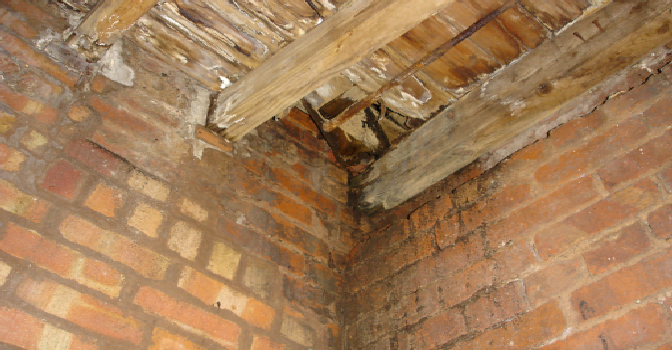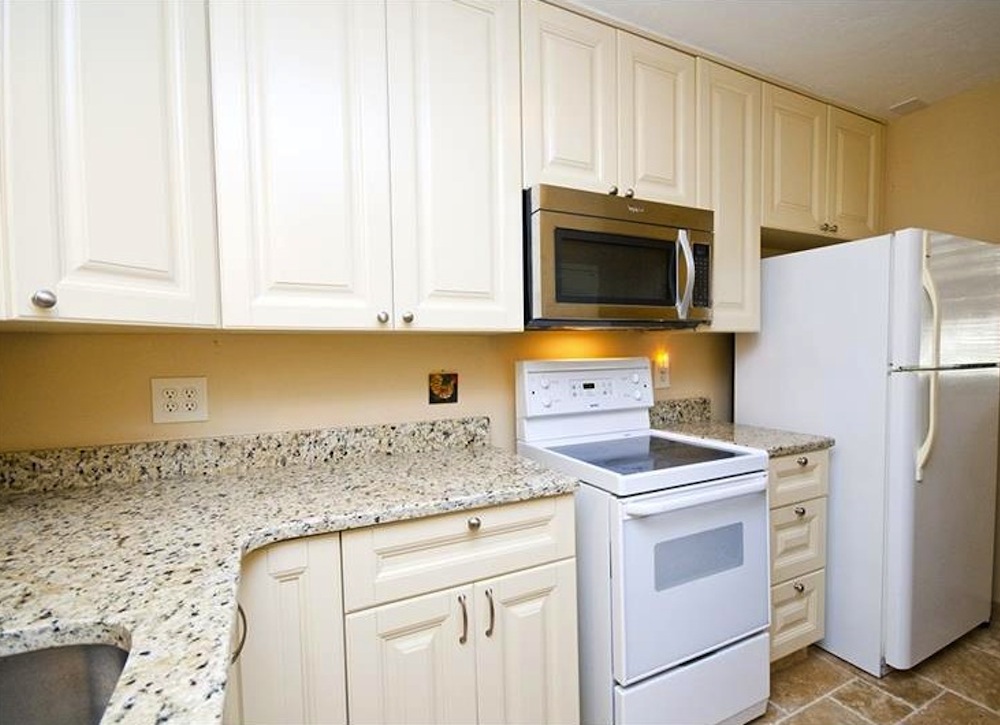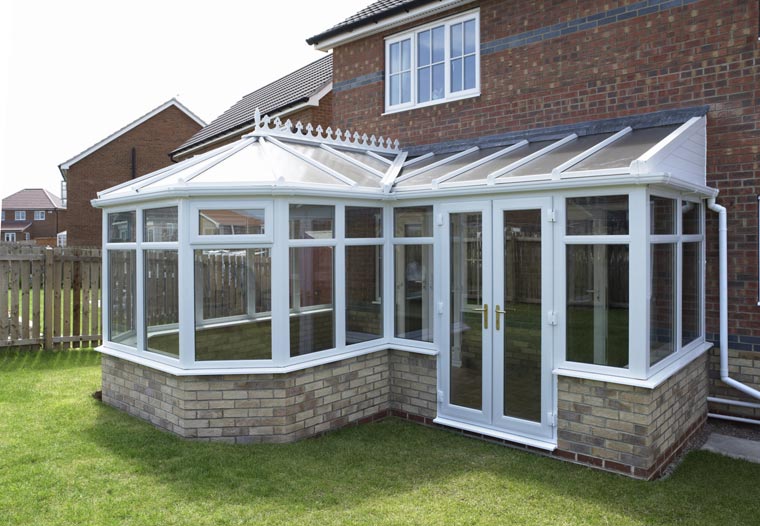Moisture is often hazardous to the foundation of your home. You may think that a small amount of water damage does not cause much harm to the exterior and interior of your home, but the slightest amount of dampness can develop into major issues, such as mould, mildew, or wet rot. Throughout Britain, both residential and commercial property owners often deal with common household issues, such as damp or dry rotting wood. Therefore, all homeowners need to learn more about the importance of treating damp issues and the potential health risks that are involved.
What is Wet Rot?
Wet rot is a type of fungi that feeds on your home’s timber. The fungus destroys the cellulose and lignin contained in the wood and thus leaves you with weakened and damaged timber. If the problem is left untreated, your home’s structure can become very weak, and you may have to replace the timber.
Wood rot develops in all building types, both old and new. The fungus lives in damp, moist environments and is prone to areas that lack proper ventilation. The rot presents itself as a fleshy or fruiting form and consists of vegetative fibrous mycelium.
What are the Symptoms of Wet Rot?
If you suspect that wet rot is present in your home’s structure, you probably have noticed a few alarming attributes. For example, the wood may appear brittle and have evidence of shrinkage or cracking. However, these features are also potential effects of dry rot. Therefore, you need professional assistance in order to differentiate the two and correctly identify the cause of the damage.
The best way to diagnose the problem and enforce wet rot control in Peterborough is to contact a reliable damp proofing specialist.
Failure to contact a damp proofing expert can result in the wet rot spores germinating over time as well as the formation of vegetation that feeds on your timber. If the damage is left untreated, the spores eventually spread to produce a fruiting body and release more spores as the cycle continues.
What Causes Wet Rot?
Typically, when the timber in your home has a high moisture content, wet rot will occur. The damage is often caused by leaks in your home’s gutter system, plumbing issues, or roof leaks. If your home is poorly ventilated, the structure of your home may develop wet rot.
How to Take Control of Wet Rot
The best way to reverse a wet rot problem and prevent it from occurring again is to control the damp and musty environment that fuels the fungi’s growth. First, an expert needs to identify the main cause of the dampness and take care of it immediately. Then, you should consider adding more ventilation to the appropriate areas. For example, you can ask a professional to install extractor fans.
Finally, you need to remove the rot and replace all the affected timber. You should also irrigate and sterilise any timber pieces that must stay in place.



